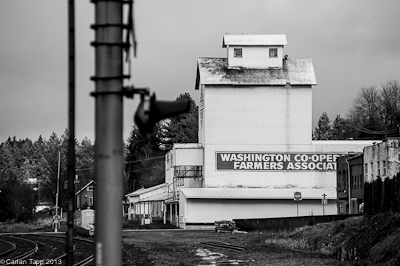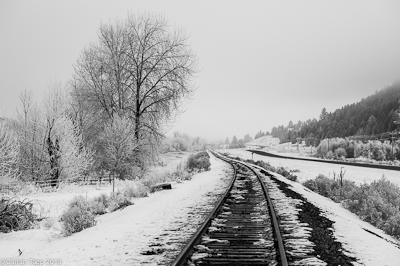Billings to Missoula MT:
Outside of Billings this morning the refineries were filling the skies for miles.
The plan today was to follow the proposed rail route from Billings into Missoula. Thought I would share some of the landscape I traveled through today following the route.
Small rail crossings dot the landscape with gravel roads leading to ranches.
The rail leaves I90 and travels along small country roads, through towns long since deserted.
The landscape is spectacular. Mountain ranges rise in every direction.
Near the headwaters of the Missouri River the rail crosses a frozen section of the river.
Outside of Helena along Highway 12 empty coal cars head east toward the Powder River Basin to be reloaded.
This is cattle country. Grazing cattle along the rail were a common sight today.
The route rejoins I90 at Garrison and heads into Missoula. It was a beautiful day today. Traveling through the mountain ranches, into and out of small quiet towns, counting grazing cattle by the hundreds, sun sparkling on frozen rivers and streams, and watching clouds form and float across the blue skies. Hard to imagine how this may change.
be strong, be safe, Carlan



















































